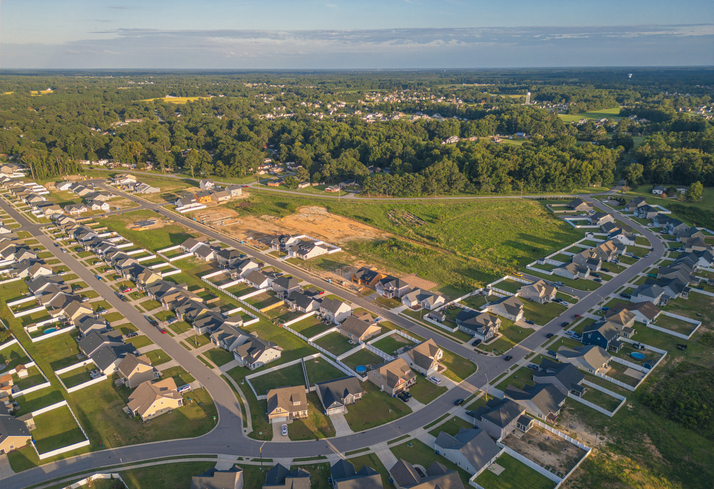Investing in multi-family properties can be a smart move for real estate investors looking to build steady income over time. However, the financing side of things often creates roadblocks, especially when traditional lenders aren’t moving fast or when strict requirements slow everything down. That’s where hard money loans come into play.
Why Multi-Family Properties Appeal to Investors
Multi-family real estate attracts investors for one main reason: consistent rental income. Whether it’s a duplex or a larger apartment complex, multiple units generate more opportunities to collect rent, helping to offset costs even when one unit is vacant. These properties also tend to grow in value over time, giving investors long-term benefits in addition to short-term cash flow.
The challenge is in getting financing that matches the pace of the opportunity. Traditional banks tend to look at long underwriting timelines, credit scores, and income verification. That can delay deals or even make investors miss out altogether. With hard money lending, the focus shifts.
What Makes Hard Money Different
Hard money loans are asset-based. That means the value of the property matters more than the financial background of the borrower. Lenders want to see if the property has enough value to support the loan. They’re not as concerned with tax returns, pay stubs, or bank statements. This shift in focus allows borrowers to move quickly, something that’s especially helpful in competitive markets where multi-family listings can go fast.
The approval process is also much faster. In many cases, borrowers can close in a matter of days instead of weeks. This speed opens doors for investors looking to purchase, renovate, or refinance a multi-family building without delay.
The Flexibility That Comes with Hard Money
When it comes to multi-family properties, no two deals are alike. Some investors are buying a fully rented fourplex, while others are picking up an older building that needs repairs before it can generate income. Hard money lenders typically offer more flexibility with how the loan is structured. Terms are based on the deal itself, not a one-size-fits-all approach.
Loan-to-Value Ratios and Exit Strategies
For multi-family hard money loans, loan-to-value (LTV) ratios typically fall between 60% and 75%, depending on the lender and the condition of the property. The better the property’s numbers, the higher the amount that may be approved. However, hard money lenders also want to know how the borrower plans to exit the loan. That means there needs to be a plan for refinancing into a longer-term loan or selling the property at the right time.
Having a solid exit strategy builds trust with lenders and helps keep the project on track. Investors should think carefully about timelines and what steps will come after the loan term is up.
Challenges to Be Aware Of
Hard money loans aren’t without trade-offs. Interest rates are typically higher than those from traditional lenders. The repayment period is shorter, usually 12 to 24 months. And fees like points and origination charges are part of the upfront cost. For some, this might be a hurdle. But for those who value speed, flexibility, and the ability to close on a property quickly, the benefits outweigh the costs.
The key is understanding the numbers. If the property has strong income potential or room for appreciation, then the short-term cost of a hard money loan might be well worth it.
A Lending Partner Who Understands Your Goals
Working with a lender who understands the local market and knows what multi-family investors need makes the process smoother. Instead of jumping through hoops, you can focus on the property and plan ahead. The right lender looks at the deal, considers the value, and offers options that match your investment timeline.
At Hard Money Georgia, we specialize in fast, flexible funding for multi-family investments. Whether you’re purchasing, renovating, or refinancing, our asset-based lending makes it simple to move forward. Contact us today to explore your options with confidence.




